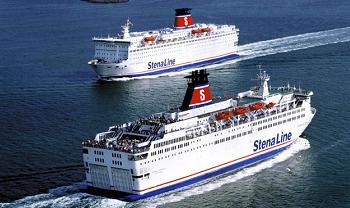The Clean Shipping Index: How shipping companies are ranked
More and more cargo owners are taking the opportunity to exert environmental pressure on carriers to mitigate their environmental impact. This observation was made by Sara Sköld, Director at Clean Shipping Network, whose international environmental index, the Clean Shipping Index, has grown from 0 to 100 in just a few years. It is now used by many of Sweden's largest import and export companies. The Clean Shipping Index was set up in Gothenburg in 2007 by Ulf Duus and Jan Ahlbom. County Administrative Board employee Jan Ahlbom and consultant Ulf Duus had been assigned the task of compiling a report on the latest environmental technology in shipping. During the course of their examination they gradually came to the realisation that there were surprisingly few ships at the Port of Gothenburg that were environmentally adapted. Sara Sköld explained: "They discovered that the shipping companies' customers were exerting pressure on the carriers to mitigate their environmental impact. This led to the cargo owners and shipping companies joining forces to produce eco-adapted solutions. Working in collaboration with a number of major cargo owners, Ulf and Jan went on to develop what was to become the Clean Shipping Index." The Clean Shipping Index is ...
Read moreDetails





























































